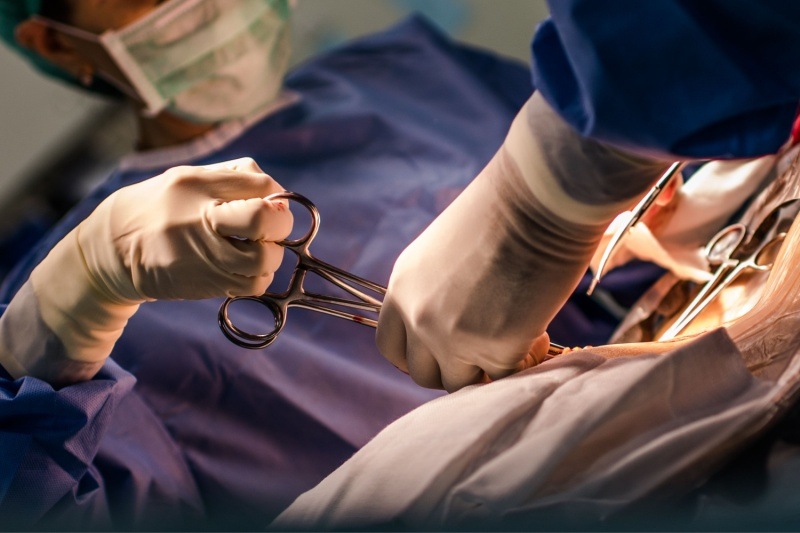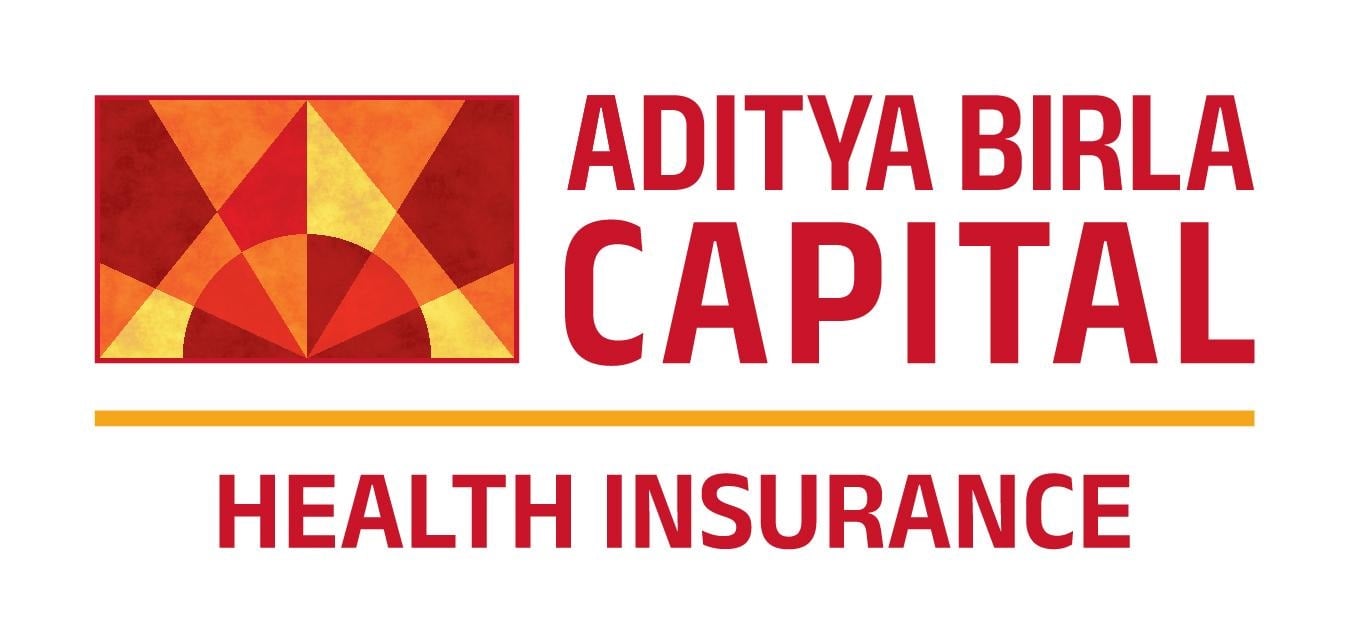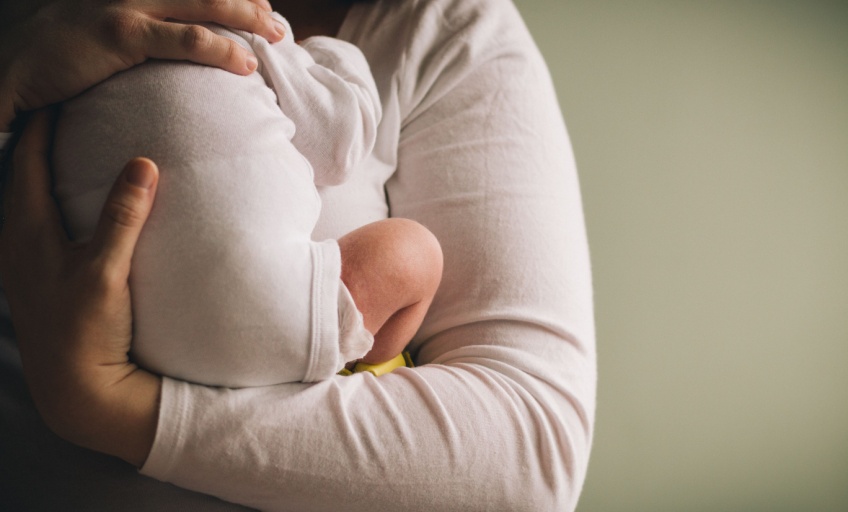Childbirth is a profoundly transformative experience, marked by anticipation as families prepare to welcome a new member. While the majority of deliveries are vaginal, If there are complications in normal childbirth, the doctor may suggest a C-section procedure. Whether you’re meticulously planning or simply want to stay informed, understanding the C-section process can help you prepare for a less stressful childbirth experience.
What you need to know:
- What is a C-section delivery?
- The C-section procedure: What to expect
- Potential risks associated with C-sections
What is a C-section delivery?
 C-section or a cesarean section is a way of childbirth through surgery. If a healthcare professional deems an expected delivery risky, they perform a c-section procedure by opening up the abdomen and uterus of the mother. Over 19% of total births globally, which accounts for around 20 million, are c-section deliveries. In India, c-section deliveries have increased from 17% during 2015-16 to 21.5% between 2019-21, a staggering rise from 1992-93 when the number of c-section deliveries was merely 3%. Even if you have planned for a standard delivery, things can change at the last minute. So, it’s better to learn about c-section deliveries if you are awaiting childbirth.
C-section or a cesarean section is a way of childbirth through surgery. If a healthcare professional deems an expected delivery risky, they perform a c-section procedure by opening up the abdomen and uterus of the mother. Over 19% of total births globally, which accounts for around 20 million, are c-section deliveries. In India, c-section deliveries have increased from 17% during 2015-16 to 21.5% between 2019-21, a staggering rise from 1992-93 when the number of c-section deliveries was merely 3%. Even if you have planned for a standard delivery, things can change at the last minute. So, it’s better to learn about c-section deliveries if you are awaiting childbirth.
When is a C-Section necessary?
You can choose to have a c-section delivery (known as planned c-section), or the doctor might decide to perform the procedure if they feel that normal childbirth can be risky for the child, mother or both (known as emergency c-sections). C-section delivery is performed in the following instances:
- If you already had a c-section and cannot deliver the baby vaginally
- To prevent infectious diseases through vaginal delivery
- If you have chronic illnesses like hypertension or diabetes
- Poor positioning and larger size of the baby
- Problem with labor
There are several other reasons why a C-section procedure might be safer. Your doctor can explain when and if it might be your best option.
The C-section procedure: What to expect
The c-section procedure is standard but a major surgery.
Pre-operative preparations
The night before the surgery, take a bath and wipe your body, except the genital area, with a chlorhexidine gluconate cloth. Drink adequate fluids and eat a nutritious meal. You cannot eat for 8 hours before the surgery. On the morning of the surgery, take another shower as before. Avoid shaving and cosmetic products.
The surgical process
 Before the surgery, an IV line will be attached to your arm. A urinary catheter may or may not be put in. You will be strapped for safety, and the surgery site will be shaved and sterilized. You will be covered with a sterilized cloth before administering anesthesia. Your vitals will be monitored throughout the procedure. The abdomen is cut open with an incision, after which the uterus is opened, and the baby is delivered by opening the amniotic sac. The umbilical cord is cut, and the uterine muscle and abdomen are stitched after examination.
Before the surgery, an IV line will be attached to your arm. A urinary catheter may or may not be put in. You will be strapped for safety, and the surgery site will be shaved and sterilized. You will be covered with a sterilized cloth before administering anesthesia. Your vitals will be monitored throughout the procedure. The abdomen is cut open with an incision, after which the uterus is opened, and the baby is delivered by opening the amniotic sac. The umbilical cord is cut, and the uterine muscle and abdomen are stitched after examination.
Post-operative recovery
Post-surgery, both the mother and child are closely monitored. Mothers may sometimes need oxygen through a tube. Sanitary pads are recommended at home for bleeding, and medicines are prescribed for infections and cramps. Your activities will be limited to prevent any bodily stress while you recover. The first 2-3 weeks post c-section delivery is crucial for the mother’s recovery.
Potential risks associated with C-sections
C-section deliveries are pretty standard and deemed a safe surgical procedure. However, like with any other surgery, there are certain complications associated with c-section deliveries as well. Even though it can be a life-saving procedure, there are potential risks for mothers and children.
Risks for mothers
Potential c-section risks for mothers include:
- Higher maternal morbidity and maternal mortality
- Abnormal placentation (organ that forms in the womb during pregnancy)
- Increased risk of uterine rupture
- Stillbirth or preterm birth
- Chance of ectopic pregnancy
- Blood clots
- Infection
- Heavy bleeding
- Damage to specific internal organs
- Adverse reaction to anesthesia and placenta previa.
Risks for babies
Infants have various bacterial, medical, physical and hormonal exposures due to c-section deliveries. C-section risks for babies include:
- Altered immune development
- Respiratory tract infection
- Increased risk of asthma, atopy and allergies
- Low intestinal gut microbiome diversity
- Greater risk of late childhood obesity
- Injury during delivery
Although c-section deliveries can increase the risk of a future pregnancy and vaginal childbirth, mothers have gone on to have a good recovery and a healthy life, free of complications, in the majority of the cases.
Stay tuned to the Activ Living Community. Keep up to date with the latest health tips and trends through expert videos, podcasts, articles, and much more on nutrition, fitness, mindfulness, and lifestyle conditions like Asthma, Blood Pressure, Cholesterol, and Diabetes. Activ Living ke saath sahi sehat ki shuruaat ABHIkaro.
You may also be interested in the following blogs:
- Postpartum Exercises To Get You Back On Your Fitness Track
- Postpartum Power Up: Essential Tips For Healing And Recovery
Popular Searches
How to lower blood pressure | Fruits good for liver | Unhealthy foods | Ragi Benefits | Basal Metabolic Rate | Acupressure points for High Blood Pressure | Ayurvedic medicine for blood pressure | How to control cholesterol at home | Homeopathy for Asthma | Biological Age | Home remedies for TB | Natural beta blockers | Negative effects of internet | Types of walking | Blood pressure calculator | Blood sugar calculator | BMI Calculator





 1800-270-7000
1800-270-7000










